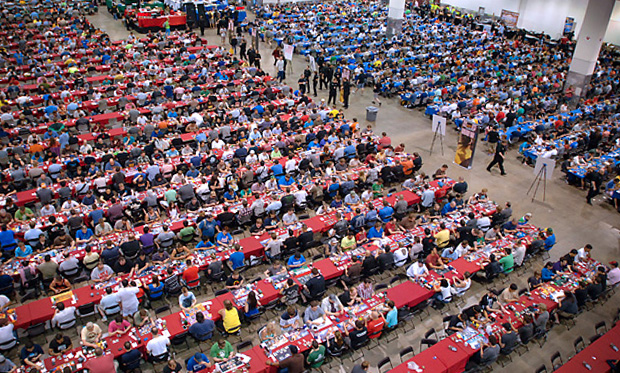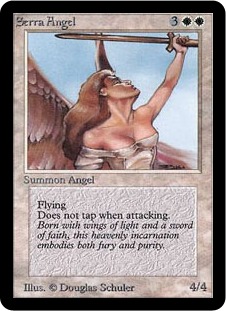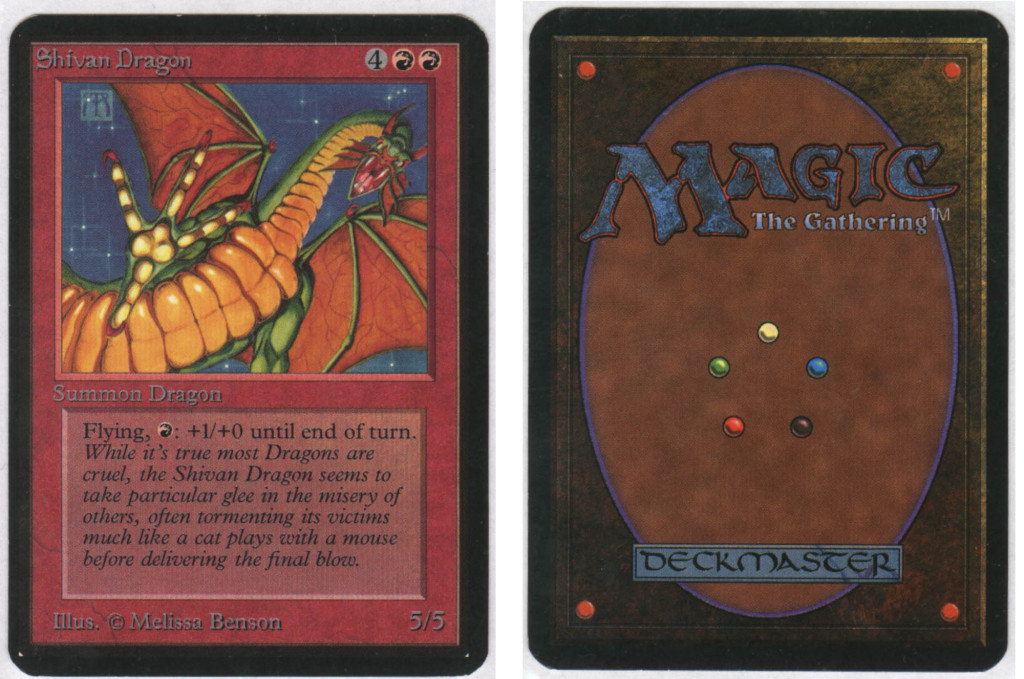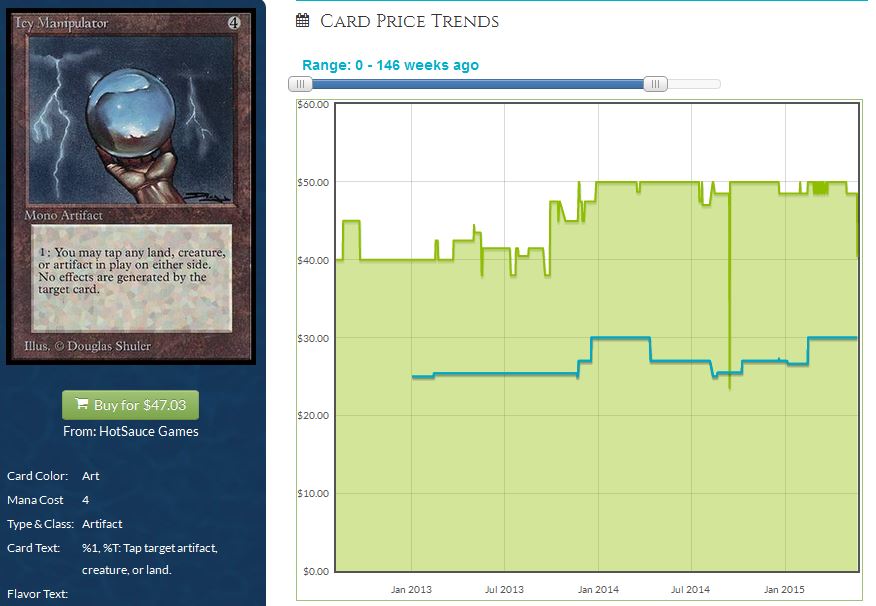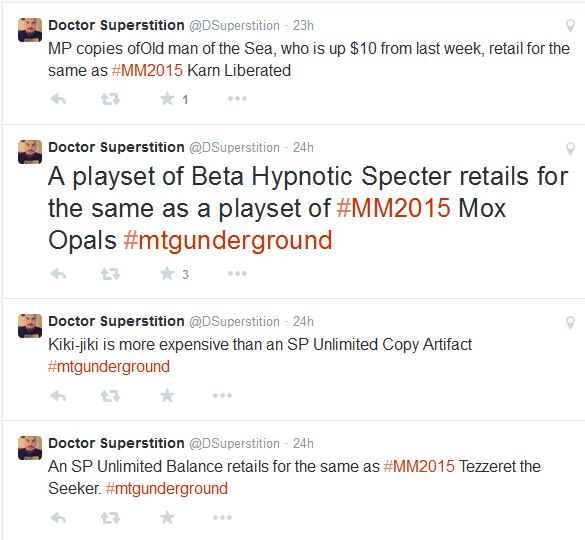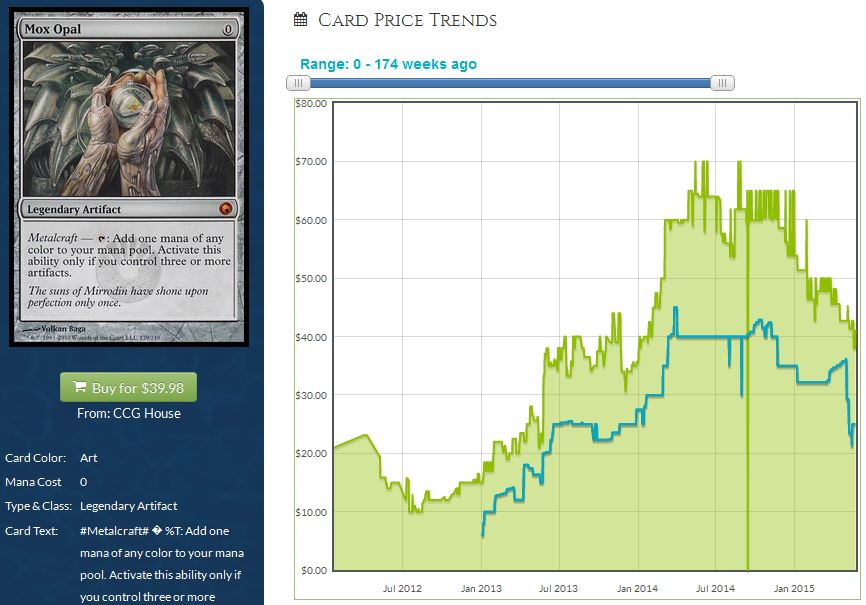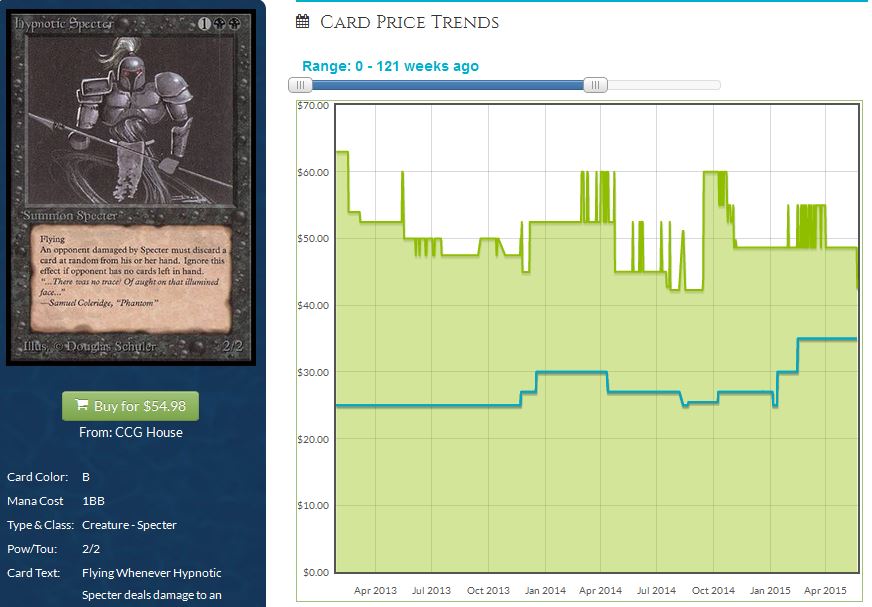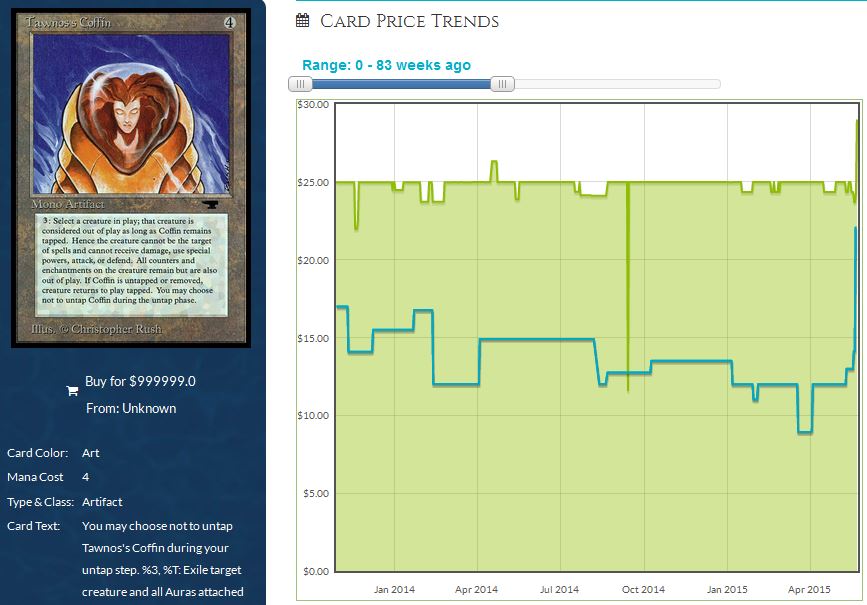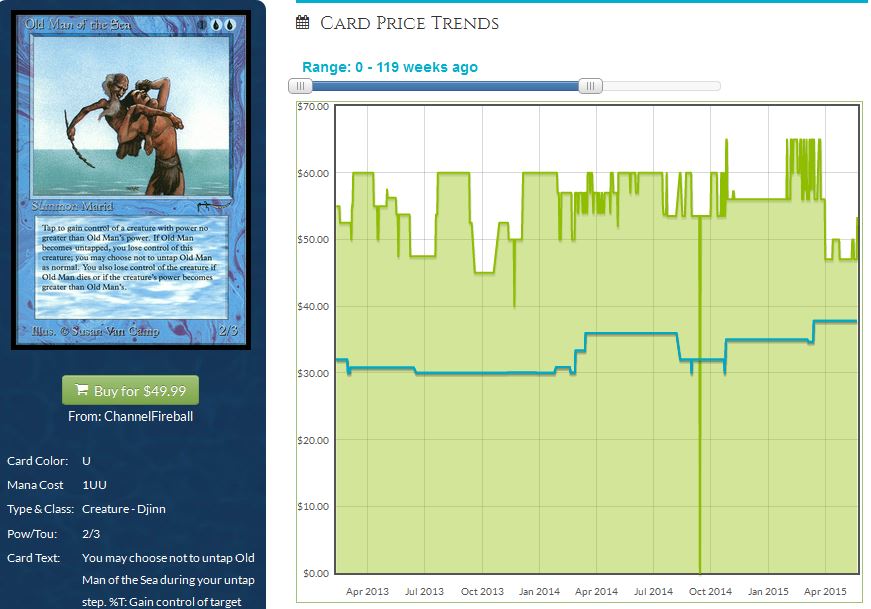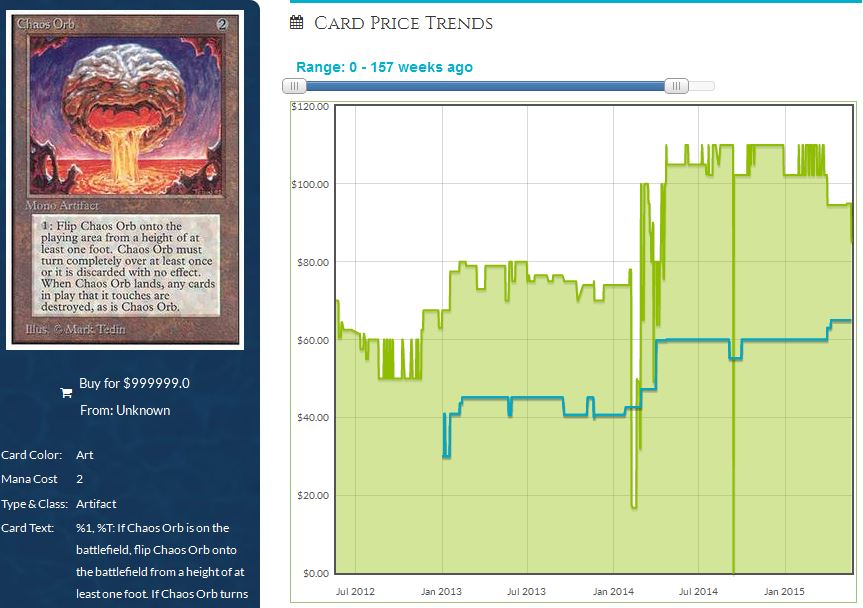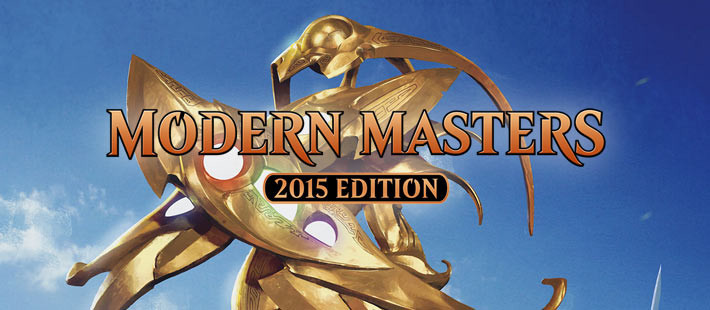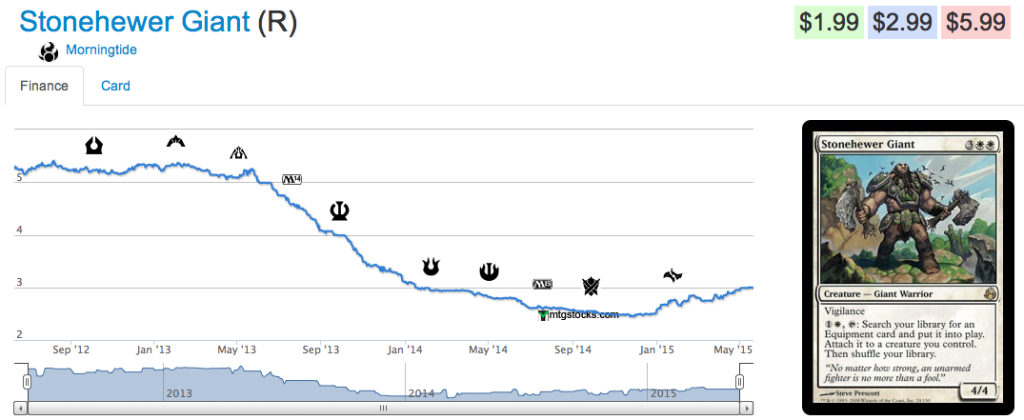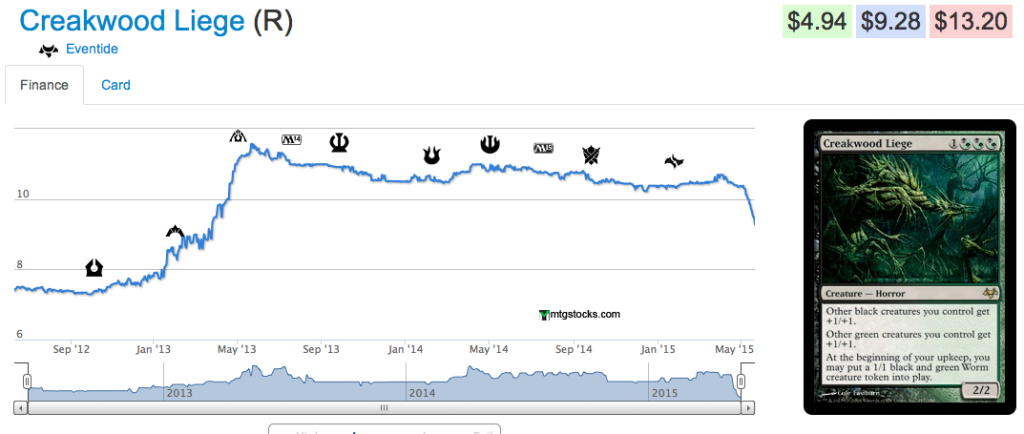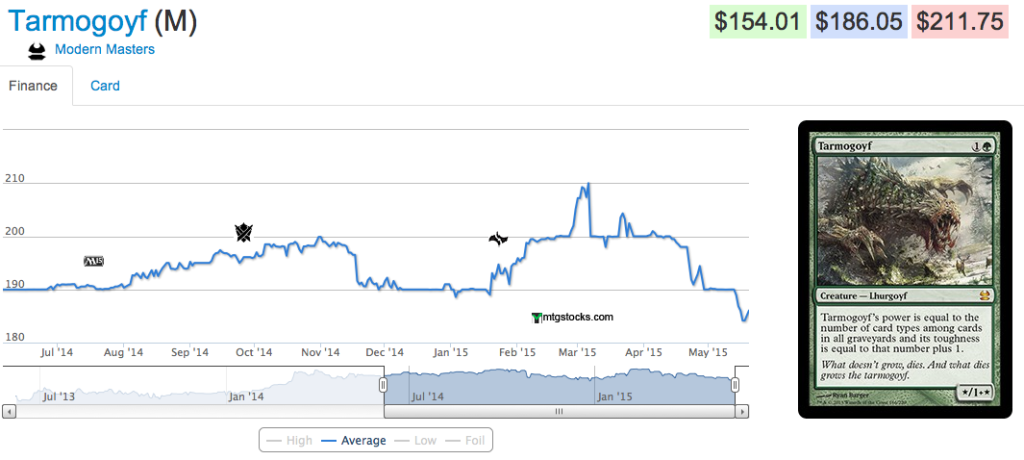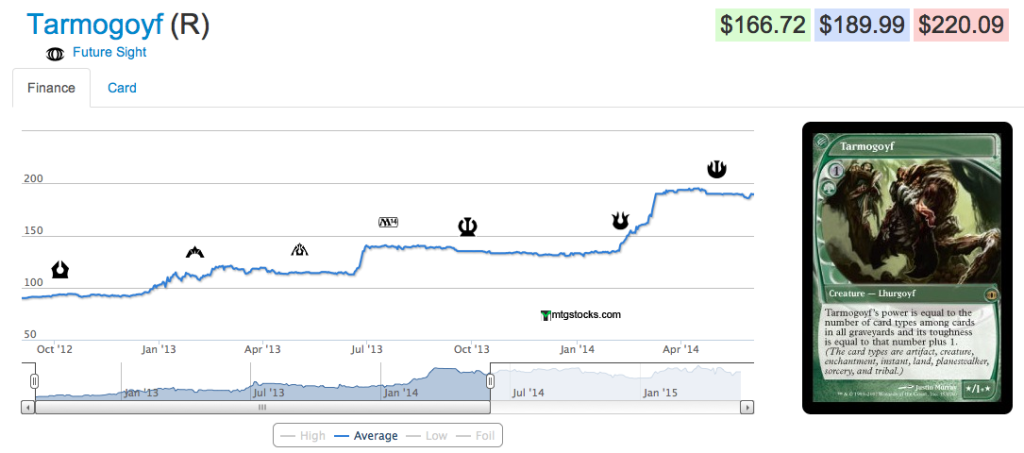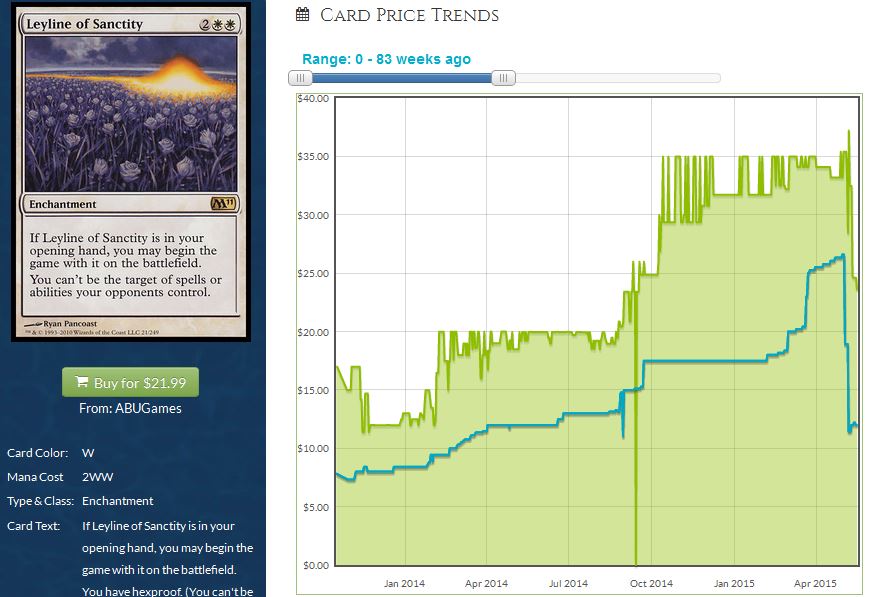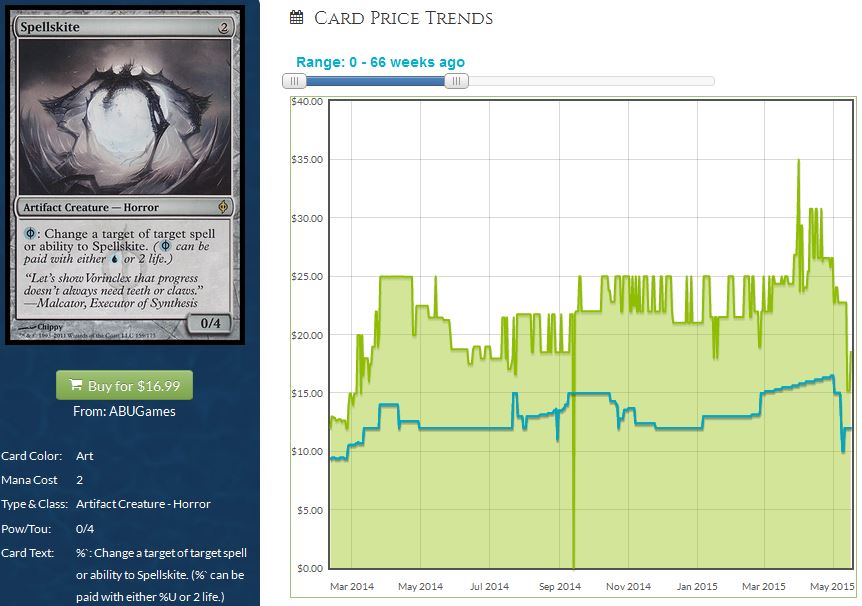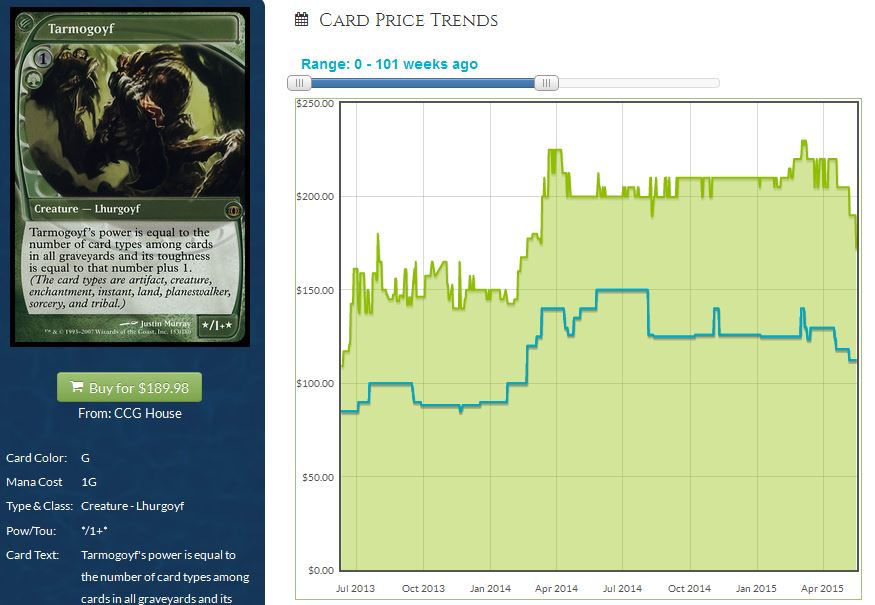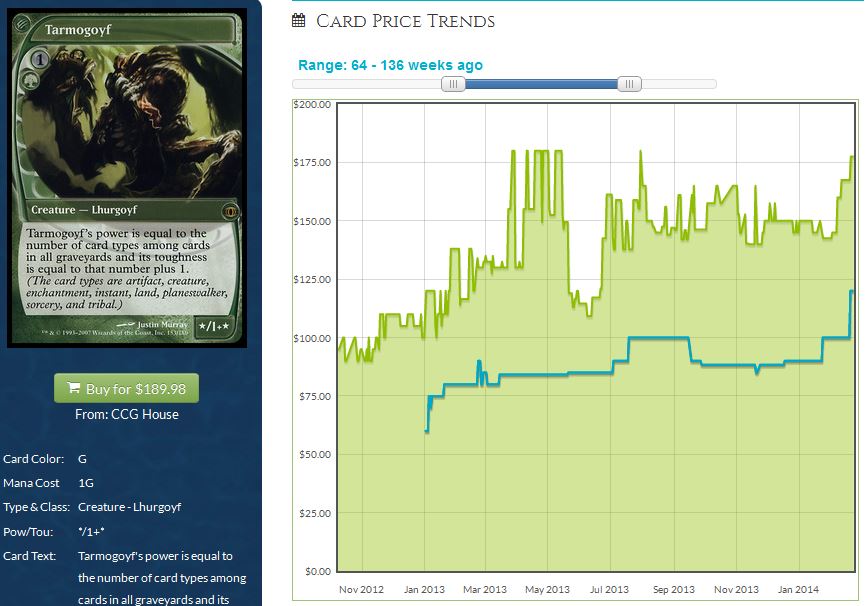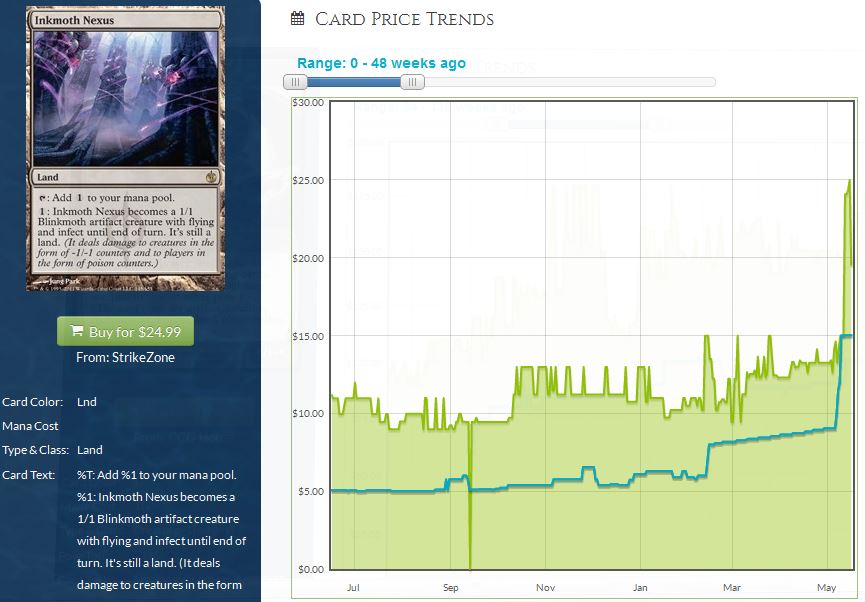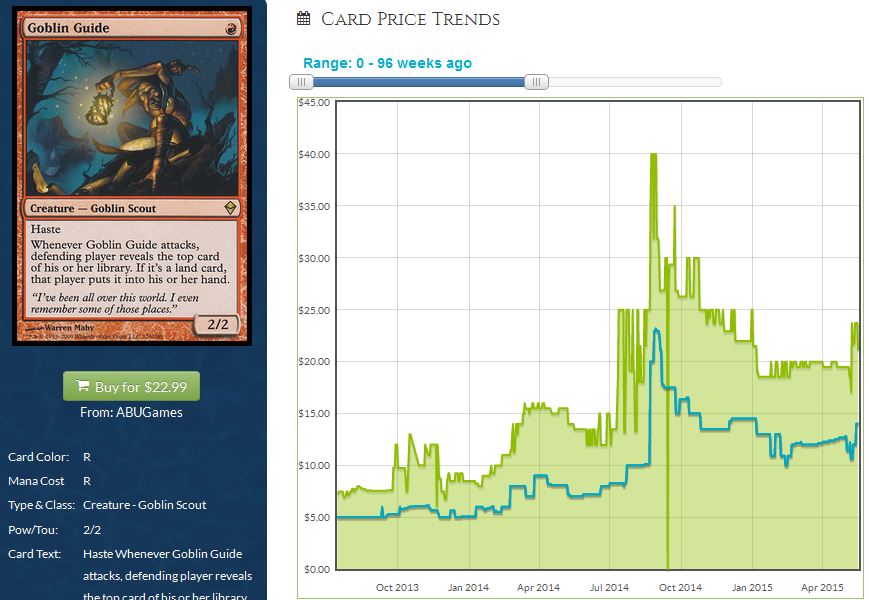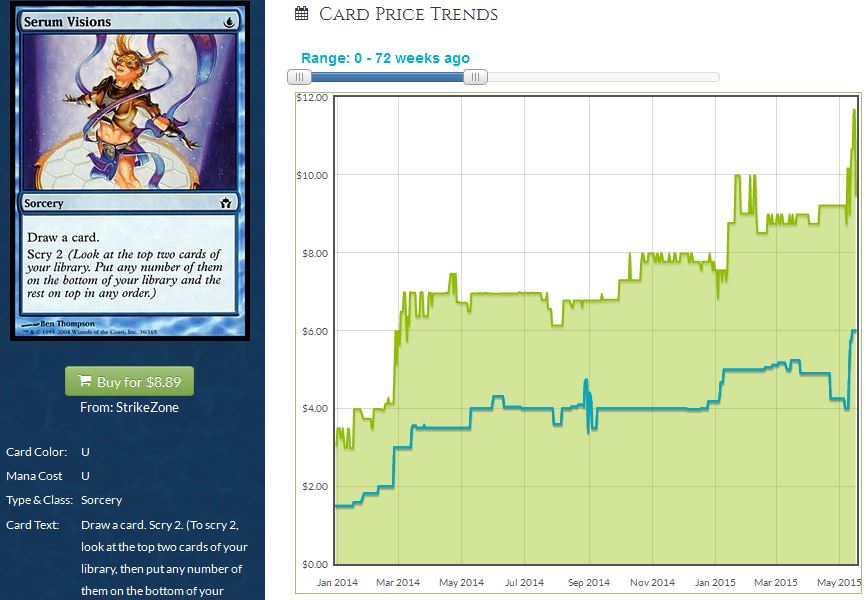It’s no secret that I was in Las Vegas for the Grand Prix and indeed the week leading up to it. If you’re worried that I’m going to skimp on finance content just because I’m coming down off of one of the best weeks of my entire life, fear not, there is a lot that I gleaned from durdling in the desert.
This Isn’t ‘Nam; There Are Rules
Maybe not rules as such (per se) but maybe guidelines. Axioms? Suggestions? Look, I’m trying to contrive a few chestnuts in this series so forgive me a few artistic liberties. Basically what I want to do is see if there are some quick rules of thumb (there I go again using the “r” word) that will help us decide which cards to start examining a little more closely. Is today’s discussion point related to the title? It is now. I was going to call this article “The Hangover” because I just got back from Vegas and obligations are a brutal transition from vacation back to real life and a part of me is afraid that I may have ruined the part of my brain that knows how to write about finance when I was trying to bankrupt a casino with free drinks at a Craps table. The truth is I’m not actually that hung over and that trip to the desert, specifically the tournament site has me thinking more clearly than I have in years. Before we get our first rule (but maybe or maybe not rule #1 with a bullet) in EDH Finance, let’s talk about my moment of clarity.
The Rain Man Speaks
My flight was a 7 AM flight because I broke one of the three rules governing things you don’t do at 7 AM.
- Schedule a college class
- Feed a Mogwai – technically 7 AM is after midnight. Better safe than sorry
- Fly
A 7 AM flight is miserable for people who are used to getting up for work early every day, something I’m not about. A flight that early meant I should be at the airport at 5-ish so they can open each individual deckbox in my carry-on to check for any trace amounts of bomb residue or freedom. I guess EDH decks look like Semtex on a grainy television screen so both flights I had my bag pulled off the conveyor and scrutinized by the TSA. The inconvenience of being pulled out of line was bad enough without having to endure a TSA agent making minimum wage giving me a hard time for running Vivid Lands in a two-color deck. I get it; Vivid Crag is worse than Rugged Highlands. Get out of my face.
Being at the airport at 5 AM after spending the whole week still being awake at 5 AM meant it didn’t make much sense to go to sleep. Things had quieted down in the house where I was staying; until @XWolfmoon decided to casually mention the fact that he had a box of Conspiracy we could draft.
Being offered a spot in a Conspiracy draft is like being asked if you’re a God. You say yes. I said yes. Corbin Hosler said yes. Ryan Bushard said yes. Douglas Johnson said yes. @knife_city from the If Lands Could Kill podcast said yes. Basically, it was total gas. The only thing better than drafting Conspiracy is drafting Conspiracy for free. Sure, you’re basically just opening booster packs if you’re giving all of the value to the guy who let you draft his box, but if you complain about not getting to keep the cards in a free Conspiracy draft, you should probably move into a Unabomber-style shack by yourself because you don’t deserve to interact with people. We were happy to ship our cards back to our generous benefactor, especially when he said he really didn’t care about anything under $10. The generosity train kept rolling when he let me buy what I wanted from the draft openings for buylist. I couldn’t bring myself to keep $9 cards from a free draft, but paying $4 for them felt fine to me. Everyone was happy despite it being 3 AM of our last day in town.
When you may or may not be keeping the cards, money rares tend to stay in packs for a while. I snagged a 4th pick Dack Fayden because I wanted some tasty bait for my Deal Broker – I ended up getting a foil Rout for my UW skies deck. If you did plan on keeping cards under $10, would you draft any differently? I can see taking a foil Goyf over Burst Lightning, but how about a foil Hydra Omnivore? It wasn’t unusual for someone to ask “Hey, what’s a foil Hydra Omnivore worth?” but it was very unusual for… let’s say one hundredth of a nano-second to go by before, without looking up from his cards, someone to say “$18”
The room got quiet. Everyone looked over to see who spoke. Sensing the silence, Douglas Johnson looked up and said “What?” like it’s perfectly normal to blurt out the right price off the top of your head. I picked my phone up and checked, because, of course I did. I had to. We all had to know.
I’m an MTG financier. Corbin is an MTG financier. Ryan is an MTG financier. We were all at that table. If you’d asked, “Hey, what’s a foil Dack Fayden go for?” Ryan, Corbin and I likely answer the question simultaneously with the same or a similar answer. Hydra Omnivore isn’t Dack Fayden. Not only is the card obscure-ish, it’s only been a foil for a short amount of time, being first printed in a Commander supplementary product and getting the foil treatment when Conspiracy first launched. The price has been relatively flat but the creeping up of the spread (I used to use MTGStocks to make graphs for articles but I am really loving the spread overlay on MTG Price) leads me to believe the dealers like Omnivore at $18 more and more. Remember, these guys have a lot more historical data to look at. So do we.
This card has demonstrated an ability to be $15 non-foil. The reprinting injected a lot of new copies into the market and tempered the price of the non-foil, but all of the foil copies we have are from Conspiracy. A reprint of Omnivore is more likely to occur in supplementary product which would preclude a foil printing (unless it’s in Commander’s Arsenal, which would make people pretty upset since the card is not exactly a staple) so given that the card has demonstrated its ability to be very expensive and the fact that a further reprint of a foil seems very unlikely, the dealers are liking a $10 buyin more and more.
Hydras used to be a pretty solid investment due to their popularity with casual players, EDH playability, and the way they scale out of control into the late game. I wrote about why hydras aren’t as good as they used to be already but I hadn’t really stopped to think about why they were good in the first place. This weekend made me think about it a bit more.
Doug blew our minds with his exact hipshot call of the price of Omnivore, not because a financier knowing a price is spectacular, but because he clearly looked up the price of Omnivore recently. His decision to look up the price of a card earlier made him look like Rain Man counting toothpicks, even in a room full of financiers. It isn’t difficult to look up a price in advance of being asked its price, but that doesn’t change the fact that he couldn’t have known we’d ask and looked it up anyway. Why would he do that?
Wrong question. The question is “why hadn’t I?”
Tribal Matters
I guess I shouldn’t have been surprised, really. It wasn’t the first time that weekend DJ had demonstrated that he was very familiar with prices. Walking through the dealer hall, I stopped to talk to a vendor I had met at the craps table the night before and while I was gladhanding, DJ was checking the case. I was on vacation, not intending to buy or sell anything but we never really turn off our brains, do we? He pointed to a foil Cavern of Souls priced at $60. Most people wouldn’t bat an eye. “That’s not too much to pay for Cavern” most people would think. “It’s a good tribal card, it’s played in Legacy a bit and the foils looks cool.” What if you double checked to make sure $60 wasn’t last month’s price?
Because $60 is last month’s price. It’s this month’s buylist price, and any time you can buy a card for its buylist price, you probably should.
Could we have predicted this would happen eventually? Yeah, absolutely we could have. Would it have been good to buy these at $40 (or $25 buylist) a year ago? Well, obviously. However, every time a card is at a price and you can explain that price, people aren’t all that inclined to buy in. $40 for foil cavern right after rotation didn’t seem insane to people, but $100 for it now doesn’t seem insane either. What can we even learn from this?
The Lesson
Lesson One is to be like Douglas Johnson. Know prices not because you’re Rain Man and you memorize Magic card prices the way other savants memorize facts about trains or whatever but because you look at them a lot. Doug looked up Hydra Omnivore because he looks up a lot of prices often. Why not pick a few cards to check every week? Profound spikes are noticeable and MTG Price does an excellent job of taking notice. The data analysis tools at your fingertips as a reader of my articles and therefore an MTG Price Pro Trader are the industry benchmark as far as I’m concerned. If that makes me sound like a shill, I’ll point out that I still buylist using Quiet Speculation’s Trader Tools app. I like to use whatever I consider the best and I think our price tracking software is amazing. It can let you know about profound movements, but it can’t hold your hand and catch slow, incremental, inevitable growth.
You can read our reports but you can also check our graphs yourself. Price spikes are hard to predict sometimes months in advance but weeks or days in advance we have enough information about upcoming events that we can usually read the writing on the wall. True-Name Nemesis made Stoneforge Mystic go up in price. That was predictable. What should have been equally predictable was the price of foil Cavern of Souls going up the same amount of money over the same time period but doing it much more slowly and deliberately. Yet a dealer took the card to Vegas with the buylist price written on the toploader because he hasn’t bothered to check for a change in the last month and DJ ate his lunch.
We talk a lot about events in MTG Finance – something that changes the status quo or facilitates a price change. However, even though we all know this on an intuitive level, it’s worth repeating every time we open up an application or website to check price movements.
“Tribal Cards Don’t Need Events”
They don’t need to print a sweet new Goblin card or must-resolve Elf to make Cavern of Souls “spike”. Hydra Omnivore goes in Hydra decks (though not my Vorel of the Hydra Clade deck) for silly casual players and the fact that he’s a silly Thorn Elemental variant that gets better in multiplayer games (hence the bomb status in Conspiracy) almost feels secondary.
What’s next? Could be this, a land that is tribally-relevant, can get played outside of Standard, has casual appeal and when some jackass bought out TCG Player and listed his copies for $45, people probably went “Yeah, that seems OK.” Maybe they’ll say the same thing in two years when $45 is the real price. Or maybe it won’t be. All I know is that the spread is decreasing, the supply is not increasing and it won’t take them printing any more slivers ever again for this card to start to climb. The price looks very reasonable to me right now. But I’m checking back next week just to be sure.
